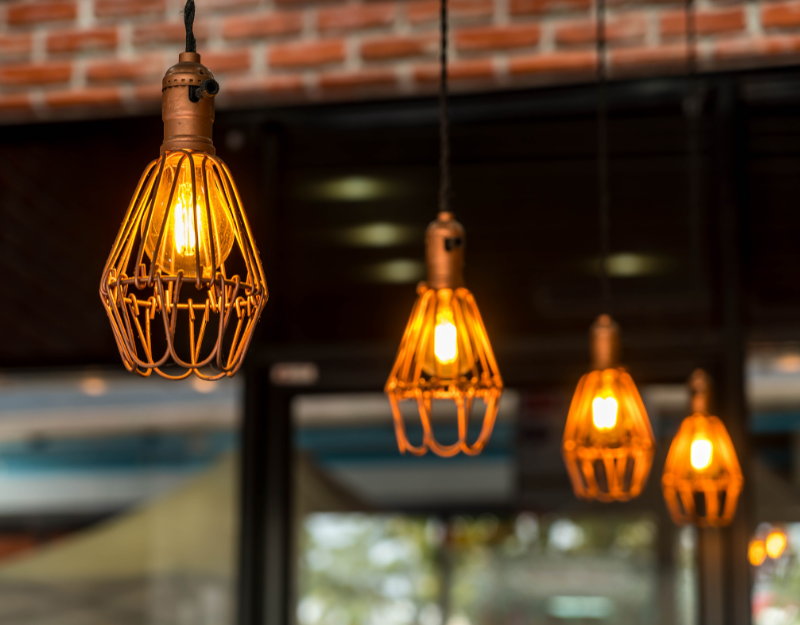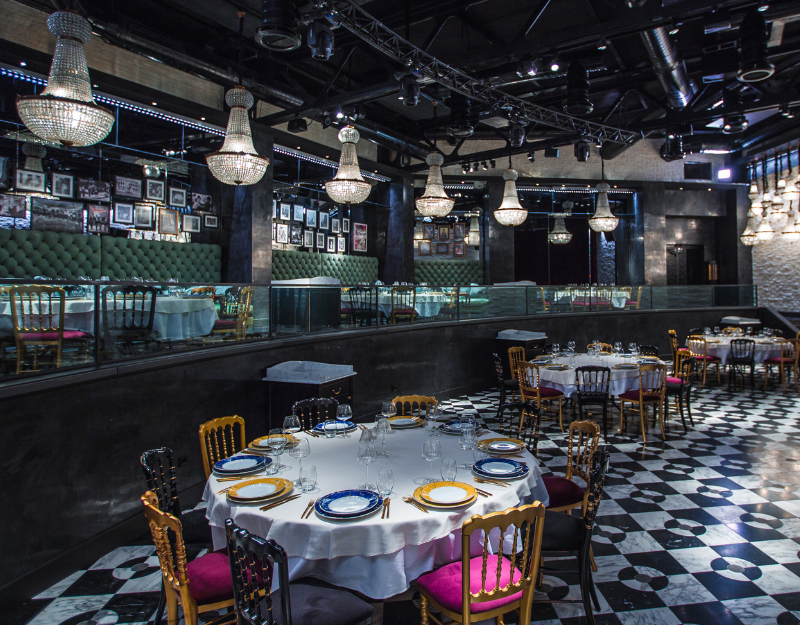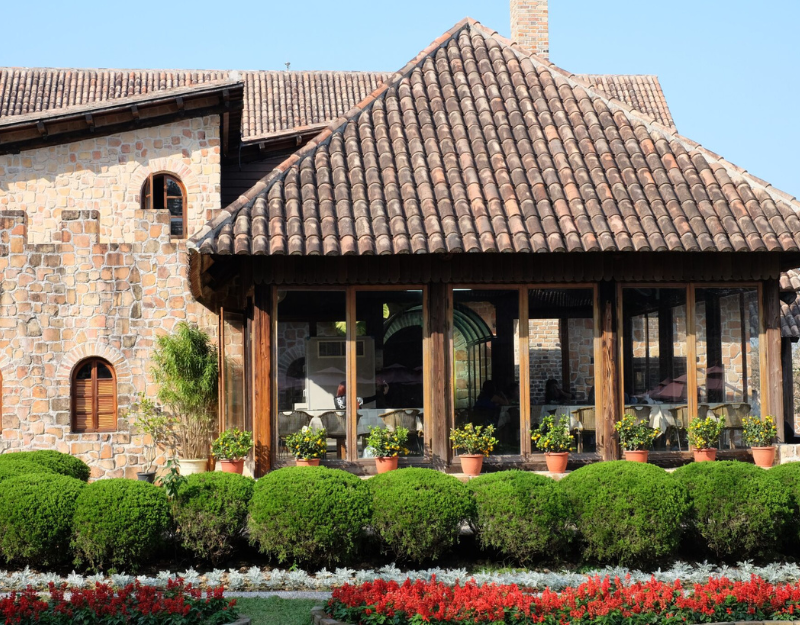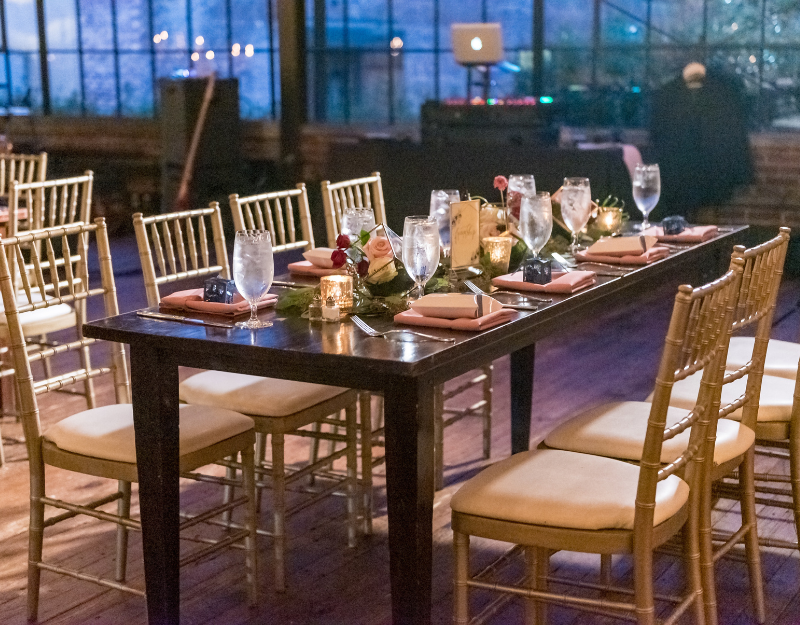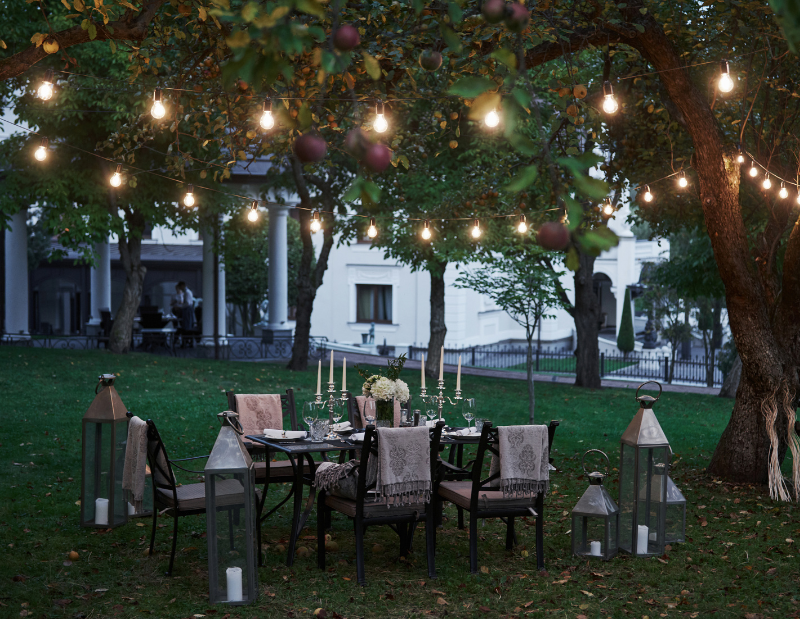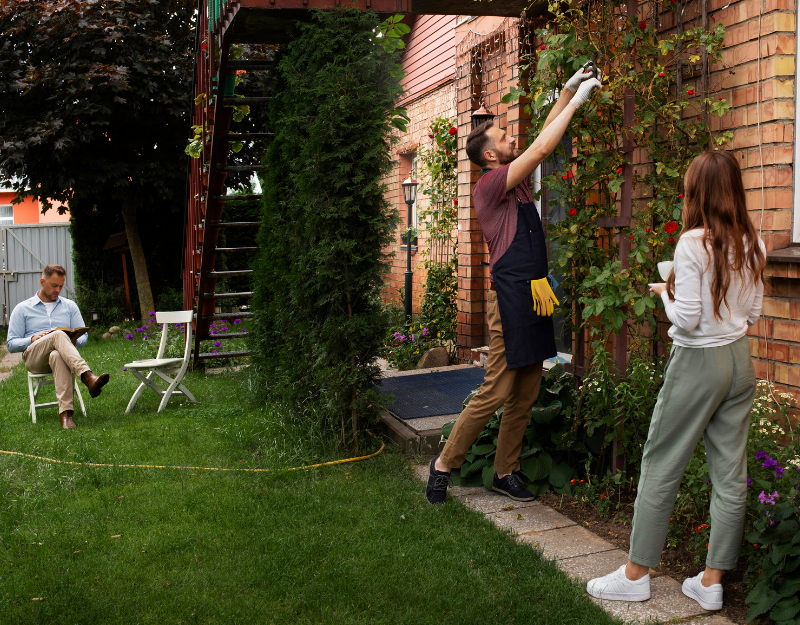Starting a coffee shop is an exciting venture for many aspiring entrepreneurs. With coffee’s popularity soaring, the industry offers vast opportunities for growth and innovation. This guide will show you how to start a coffee shop, from the initial idea to opening day. The article covers everything you need to know, ensuring you’re well-equipped to tap into the coffee world’s potential. Whether you’re passionate about coffee or seeking a new business challenge, this guide is your first step towards brewing success.
So, without further ado, let’s start the discussion.
12-Step Checklist to Opening a Coffee Shop
Opening a coffee shop involves numerous steps. Here’s a detailed coffee shop checklist, ensuring a comprehensive understanding of how to start a coffee business.
1. Market Research and Competition Analysis
Before diving into the coffee shop world, conduct thorough market research and analyze your competition. This step is vital to understand local coffee consumption patterns, customer preferences, and what competitors offer. It reveals gaps in the market you can fill. Understand these dynamics properly. This insight will help you tailor your offerings to meet demand, positioning your coffee shop for success in a competitive landscape.

2. Choose a Concept
Decide on a unique concept for your coffee shop. This can help your coffee shop stand out. The concept could involve a specific theme, such as an eco-friendly approach or a particular cultural vibe, which will attract a distinct customer base. Your concept should reflect every aspect of your business, from the decor to the menu items you offer. A strong, appealing concept can create a loyal customer base and differentiate your cafe in a crowded market.
3. Create a Coffee Shop Business Plan
Crafting a detailed business plan is a foundational step. This document should outline your vision, target market, financial projections, and strategies for growth. It serves as a blueprint for your coffee shop, guiding you through the setup process and beyond. A well-thought-out business plan can secure financing and navigate the complexities of starting and running a successful coffee business.

4. Select the Right Location
The success of your coffee shop heavily depends on its location. Ideal spots are those with high foot traffic, such as downtown areas, near universities, or in bustling neighborhoods. Consider visibility, accessibility, and the demographic profile of the area to ensure it aligns with your target market. A strategic location can significantly boost your shop’s visibility and attract a steady stream of customers.
5. Pick the Equipment for the Coffee Shop
Select the right equipment. The right choice will help you deliver quality coffee and efficient service. This includes commercial-grade espresso machines, coffee grinders, ovens for pastries, and refrigerators. Quality equipment ensures that you can consistently produce the best coffee and food offerings. As a result, it enhances customer satisfaction and streamlines operations. In short, investing in reliable equipment pays off in the long run through durability and performance.

6. Focus on Furniture Selection
Your furniture needs to complement your coffee shop’s concept. They should also accommodate your customers comfortably. Choose pieces that match your theme and make efficient use of your space. Comfortable seating encourages customers to stay longer. The result is increased sales. Durable, easy-to-clean furniture reduces long-term costs and maintains an appealing environment.
7. Give Importance to Staffing and Training
Hire the right team for your coffee shop. Look for individuals passionate about coffee and customer service. Comprehensive training ensures your staff can deliver consistent quality and service, creating a positive customer experience. Well-trained employees become your brand ambassadors. They are important for building a loyal customer base.

8. File for Permits and Licenses
Next step is going through the legal requirements. Obtain all necessary permits and licenses to operate legally in your area. This includes health department permits, business licenses, and food service licenses. Compliance with local laws and regulations prevents costly fines and business interruptions.
9. Design a Layout
The layout of your coffee shop impacts customer flow and employee efficiency. Design a space that allows for smooth operations and a comfortable customer experience. Consider the placement of furniture, the counter, and equipment for optimal workflow and ambiance. A well-designed layout enhances the overall appeal of your shop and can improve functionality and customer satisfaction.
10. Invest in Marketing and Promotion
Before and after opening a coffee shop, effective marketing and promotion are key to attracting customers. Utilize social media, local advertising, and community events to build buzz. Offering promotions and discounts can attract first-time visitors. Consistent, engaging marketing efforts build brand awareness and foster community ties, thereby driving repeat business.
11. Create a Menu
Your menu should reflect the coffee shop’s concept and appeal to your target audience. Offer a variety of coffee options and complementary food items. Pay attention to quality, sourcing ethically when possible, and catering to different dietary preferences. A well-crafted menu sets the tone for the customer experience. Moreover, it can differentiate your coffee shop in a competitive market.
12. Grand Opening and Customer Experience
Plan a memorable grand opening to make a strong first impression. Consider special promotions, live music, or other events to draw in the community. From day one, focus on delivering exceptional customer service and a high-quality product. A focus on customer experience encourages repeat visits and helps establish your coffee shop as a community staple.
Start Your Coffee Shop Right Away!
Opening your own coffee shop is a journey filled with excitement, challenges, and the potential for great rewards. Follow the detailed checklist provided, from conducting market research to planning a grand opening. Certainly, you will equip yourself with the tools necessary for success. Every step, from choosing the right equipment to crafting an enticing menu, contributes to the unique experience you offer. If you’re passionate about coffee and committed to creating a welcoming space for your community, you’re already on the path to success. Now that you know how to open your own coffee shop, it’s time to take that first step. Begin your venture today and turn your dream into a thriving coffee haven.
FAQs
The cost to start a coffee shop can significantly vary, influenced by several factors like location, size, and chosen concept. Expenses encompass leasing, renovations, equipment, initial inventory, and permits. Opting for a modest setup or a mobile cart can reduce costs. Accurate financial planning through a detailed business plan is crucial to understand the specific investment needed for your unique vision.





